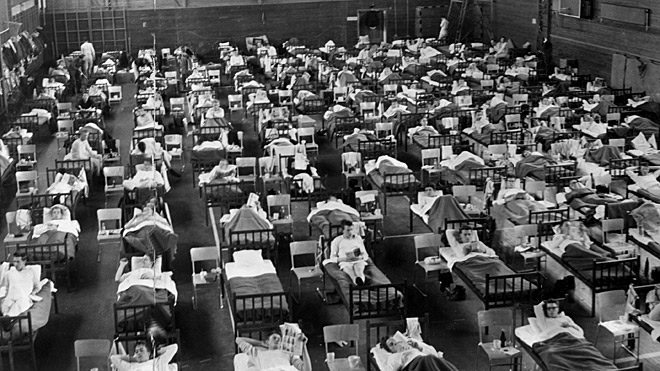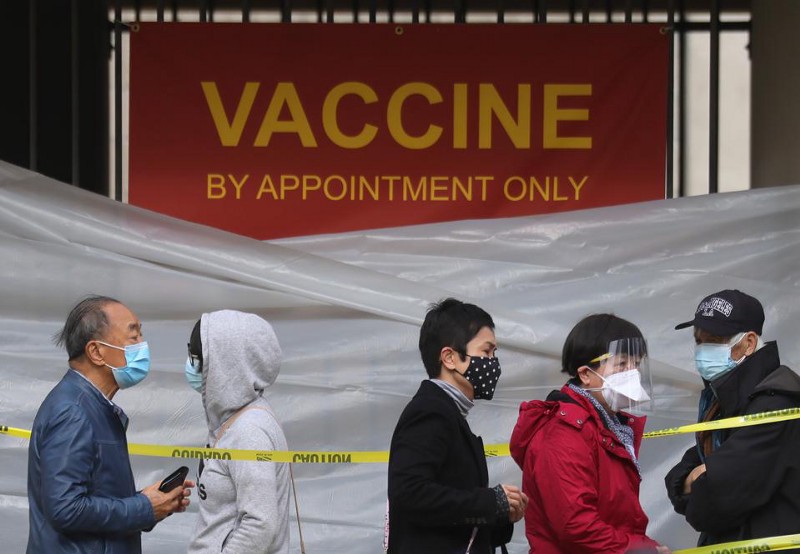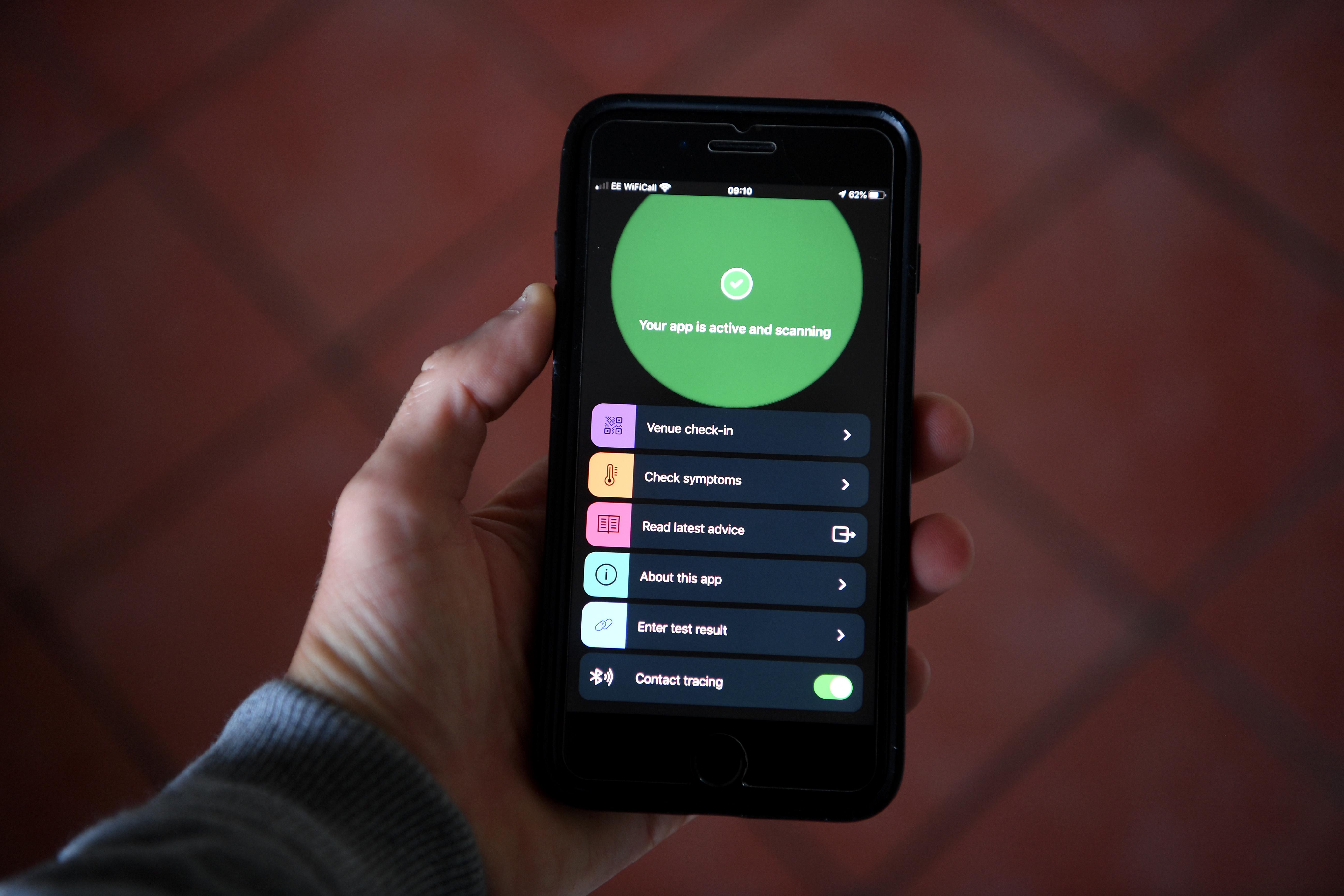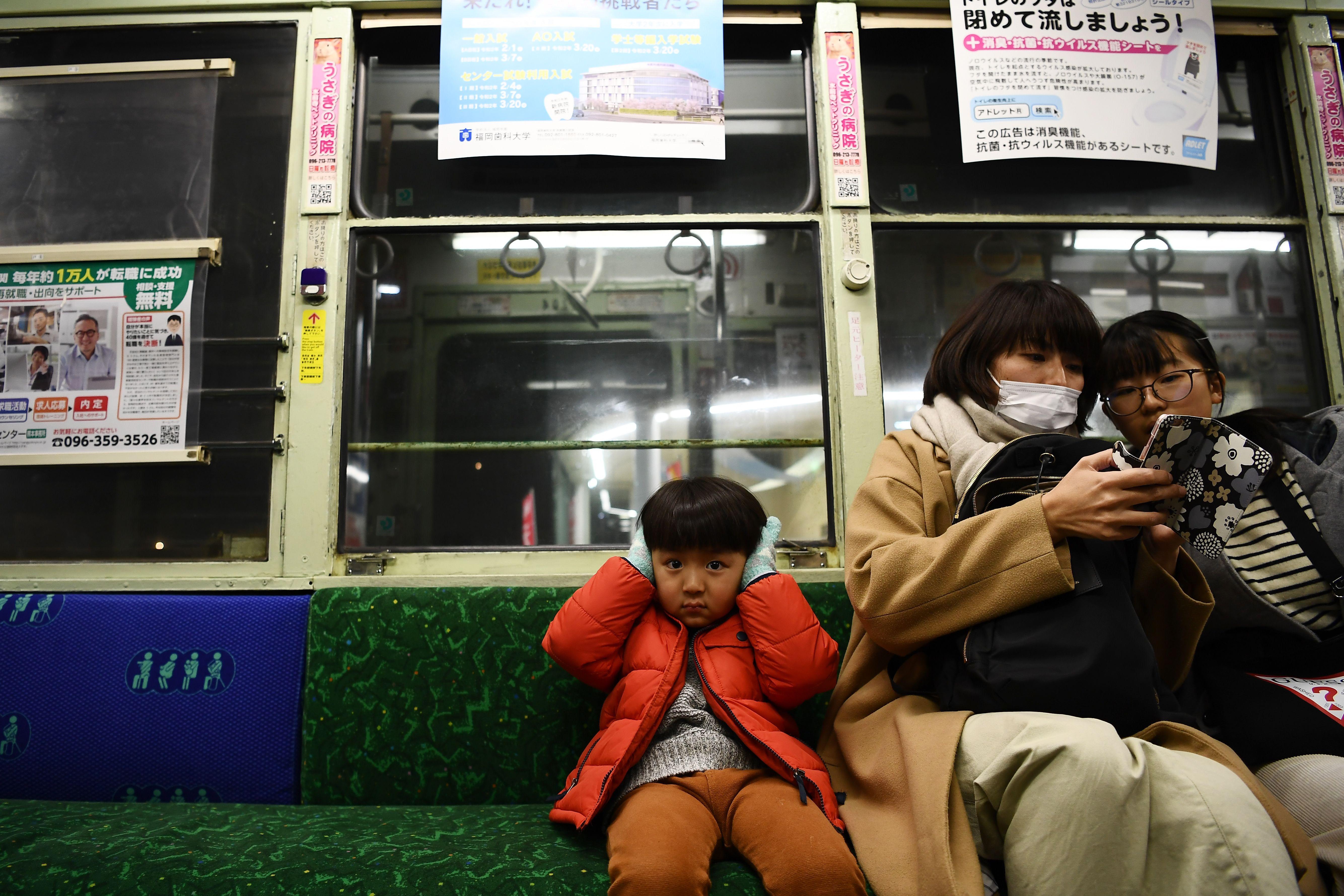- Proper social distancing includes staying 6ft (2m) away from other people, avoiding all non-essential gatherings or crowds, and working from home if possible.
- During the COVID-19 incubation period of 5 days, each infected person can infect 2.5 more people.
- Using this math, it’s easy to determine how many people will go on to be infected after the initial person contracted COVID-19 using various levels of social distancing (0%, 50% and 75% examples are found in this article).

Health professionals suggest 14 days self-quarantine if you feel you may have been in contact with the virus.
Photo by FrankHH on Shutterstock
Quarantine and isolation for COVID-19, explained
“Self-quarantine” and “flattening the curve” appear to be common phrases so far in 2020, along with hashtags on social media such as #StayHomeSaveLives and #SelfIsolation…but what does all of this truly mean?
Senior Director of Infection Prevention at Johns Hopkins (Dr. Lisa Maragakis) explains just how critical social distancing measures are when it comes to fighting the spread of the new strain of coronavirus.
What is self-quarantine?
Self-quarantine is the practice of separating yourself away from others due to the potential that you may be sick (maybe you or someone in your household has shown symptoms of COVID-19, for example).
If you feel you may have been in contact with the virus at some point, health professionals including Dr. Maragakis suggest a self-quarantine of 14 (fourteen) days minimum to determine if you will become ill and/or could be contagious to others.
During this time, you should:
- Use standard hygiene and washing hands frequently (avoid touching your face)
- Stay at home (have someone else pick up your groceries or use an order-in service)
- Not have visitors
- Refrain from sharing utensils, towels or hygiene products with others in your home
Once you have completed the minimum quarantine time and no longer show symptoms, this is when you go into “self-isolation” to ensure you do not pick up the virus somewhere and pass it along to others.
What is self-isolation?
Isolation, in medical terms, simply means keeping an infected patient away from others to avoid passing the infection.
Self-isolation in regards to COVID-19 refers to the act of isolating yourself, not specifically with doctor’s orders, to avoid contracting the infection and passing it along.
“Flattening the curve” of COVID-19 refers to using protective measures to slow the spread of the infection.

Scientists measure the intensity of an infectious disease by it’s “reproduction number”, which is the average number of people a sick person could infect.
Image by Poi NATTHAYA on Shutterstock
The math behind social distancing: How does it help?
Social distancing is another term that has become extremely common this year. If carried out properly, social distancing really can save lives.
Proper social distancing involves:
- Keeping at least 6ft (2m) away from others at all times
- Avoiding non-essential gatherings and crowds
- Limiting contact with high-risk groups (the elderly, newborns, etc)
- Working from home if possible
- Greeting neighbors or colleagues with a wave instead of handshakes
- Avoiding going out except for when it’s absolutely needed (grocery shopping, to pick up medications, etc)
With many places around the world entering “lock-down mode”, gatherings including sporting events and concerts have been postponed and people who are able to work from home are being advised to do so to slow down the spread of this virus.
How does social distancing help flatten the curve?
It all comes down to the math. Scientists at Signer Laboratory in the Moores Cancer Center at the University of California San Diego measure the intensity of an infectious disease by its “reproduction number,” which is the average number of people a sick person could infect.
It’s important to keep a couple things in mind when explaining social distancing:
- There is a direct correlation between social exposure and the reproduction number, which the researchers call R0).
- The incubation period of COVID-19 is approximately 5 days – after this period, the person will either experience symptoms and self-quarantine or be “in the clear”.
For COVID-19, the average reproduction number (R0) has been estimated at 2.5. This means that during the incubation period, each infected person can infect 2.5 more people.
Here’s how the math breaks down for various levels of social distancing, from no measures taken, to 50 and 75 percent social distancing:
NO SOCIAL DISTANCING MEASURES
- Continuing your daily life as though nothing is happening
- Not practicing social distancing at all
Day 1: Person A contracts the virus
Day 5: Person A infects up to 2.5 people
Day 30: 406 people have been infected
REDUCING SOCIAL EXPOSURE – 50%
- Only leaving your house for work and to get groceries
- Practicing social distancing at work
- Not physically touching others
Day 1: Person A contracts the virus
Day 5: Person A infects up to 1.5 people
Day 30: 15 people have been infected
REDUCING SOCIAL EXPOSURE – 75%
- Self-isolation
- Only leave your home once or twice a week for the essential needs such as groceries or medical supplies
- Not having any visitors
Day 1: Person A contracts the virus
Day 5: Person A infects up to 0.625 people
Day 30: 2.5 people have been infected
Scientists and health care professionals agree on this one fundamental truth in these difficult times: social distancing can be thought of as the first line of defense against COVID-19.
“This pandemic can seem overwhelming, but in truth, every person can help slow down the spread of COVID-19. By doing your part,” explains Dr. Maragakis, “you can make a big difference to your health and that of others around you.”






